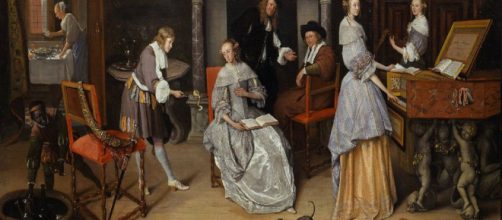Dr. Seuss's books have sold in more than 100 countries, earning as much as $33 million last year. Now six of them will no longer be published. In a statement to the Associated Press, Dr. Seuss Enterprises said they’re heeding public feedback.
Jim Crowism
Feedback points to the stereotypical ways that Seuss pictured people of color, such as imaging a Chinese man with almond-shaped eyes holding chopsticks. The Huffington Post reported that owing to Seuss’ stereotyping, school districts nationwide have moved away from his books. Loudoun Country schools in Virginia, for example, said in a statement: “Research in recent years has revealed strong racial undertones.”
Non-denial denial
USA TODAY noted Seuss' stepdaughter, Lark Grey Dimond-Cates, telling the New York Post that there wasn’t “a racist bone in that man’s body." But she conceded that the decision to stop the presses was the right thing to do: “I think this is a world that right now is in pain, and we’ve all got to be very gentle and thoughtful and kind with each other."
The Dr.
Seuss Museum in Springfield, Massachusetts, also chose to do the right thing when it removed a mural showing a Chinese stereotype, an image from Seuss’ book “And to Think That I Saw It on Mulberry Street.”
Prejudice in painting
But wait. If Seuss's books are too racist because his drawings stereotype people of color, how much more offensive is museum Art like, say, Jan Steen’s 1663 painting “Fantasy Interior” in the collection of the Nelson-Atkins Museum of Art in Kansas City, Missouri. Talk about stereotypes; read on.
What you see is an obviously affluent Dutch couple in their well-appointed drawing-room listening to their two grown daughters make music, one playing a harpsichord, the other a string instrument.
In the easily overlooked bottom, left corner of this picture is a grinning black man – either a slave or servant - holding a glass in one hand, extending his other to a jug on the floor with a big grin on his face, as if under the influence.
Not only Dr. Seuss
If Seuss's drawings are boilerplate takes on minorities are taken out of circulation out of concern over stereotyping, shouldn’t Steen’s formulaic view of a besotted black man also be a concern?
I’m also thinking of the 1688 painting by Benedetto Gennari on Diana the Huntress's theme that showed at Tate Britain last year. Not only is she surrounded by wild animals and pet dogs, but black children also are in the mix, as if they’re animals, too – either pets or wild animals.
If the Tate needed to show this work, shouldn’t a curatorial statement have been offered to the public to address apparent racism?
What about Gauguin?
And, while I’m at it, there are Paul Gauguin’s sexed-up paintings of nude Tahitian women that underscore the patriarchal privilege of French Colonial rule in the South Seas. Not often enough, if at all, is there ever exhibit literature for this artist addressing the blatant racism in them. While in Tahiti, he took not one but three wives, two 13 years old’s and one age 14, and gave each girl syphilis.
According to an art history professor at the University of Auckland in New Zealand Caroline Vercoe, “there is a real blind spot when it comes to the more problematic aspects of Gauguin’s sojourn in Polynesia.”


